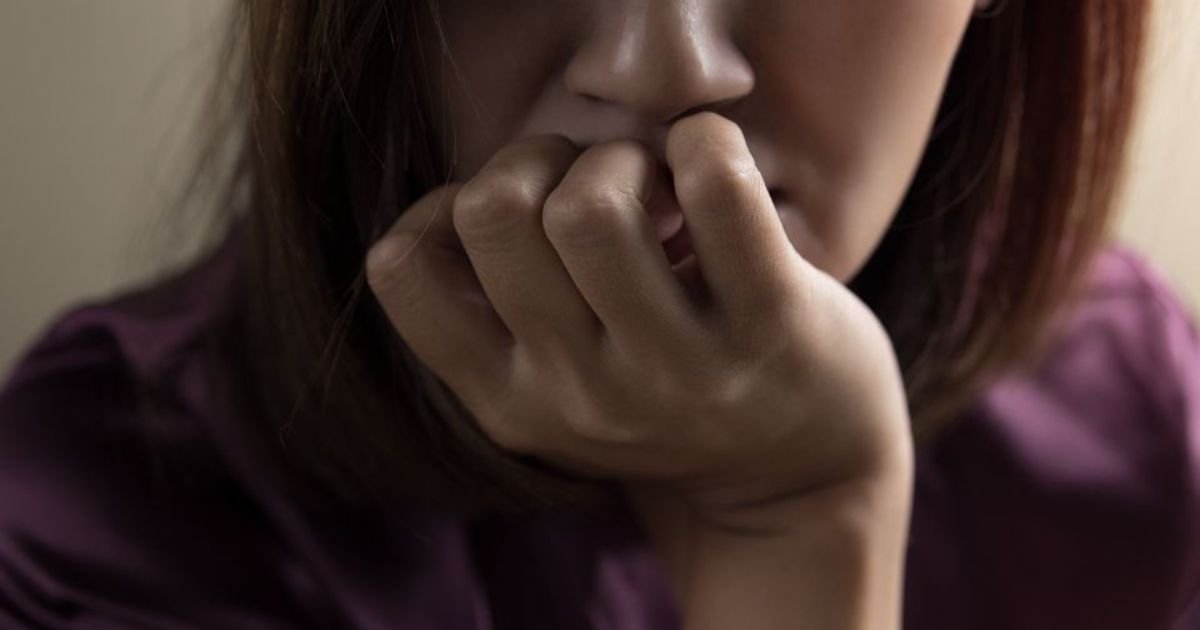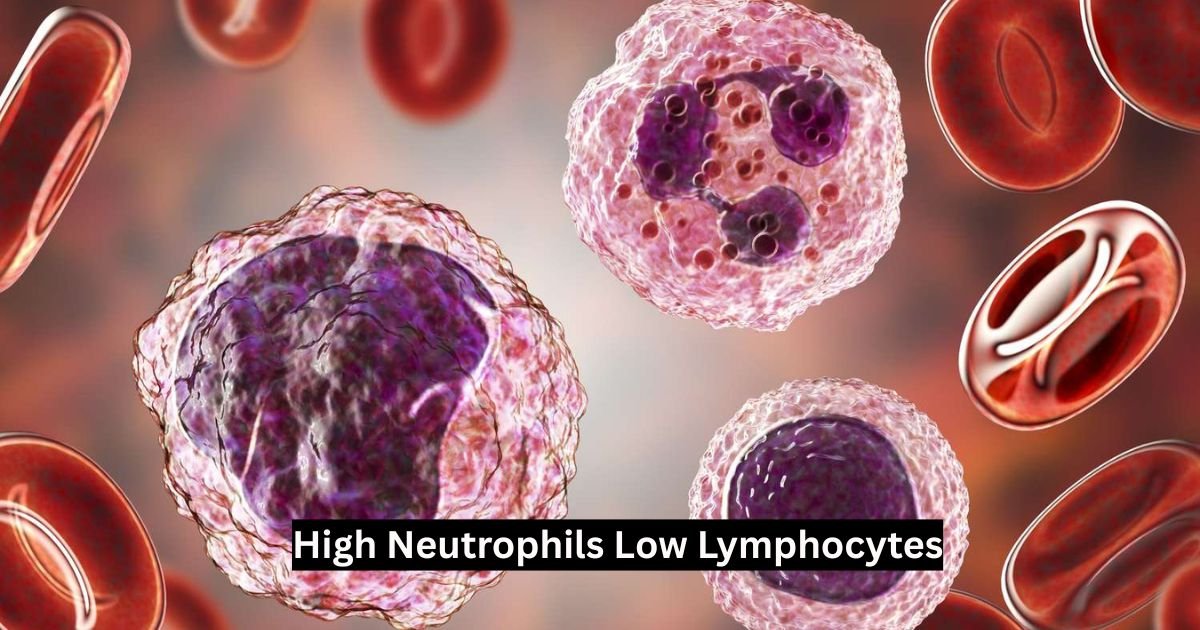If you’ve ever experienced a panic attack, you’ll know how overwhelming it can be. From racing hearts and shortness of breath to uncontrollable tears, panic attacks can manifest in many unsettling ways. Among these symptoms, crying during a panic attack is more common than many people realize. While panic attacks are often associated with intense fear and physical sensations like sweating or shaking, emotional responses such as crying are also prevalent and can leave individuals feeling confused or embarrassed.
This blog will explore why crying occurs during panic attacks, explain the underlying emotional and physiological triggers, and provide actionable advice on how to manage these distressing episodes. Whether you experience panic attacks yourself or are supporting someone who does, understanding this symptom can be the first step toward effective coping and recovery.
Why Do People Cry During Panic Attacks?
The Emotional Release of a Panic Attack
Crying during a panic attack may be a natural emotional response to the intense fear and stress the body is experiencing. Panic attacks often involve a “fight-or-flight” response, which floods the body with stress hormones like adrenaline. This surge can trigger overwhelming feelings of fear, helplessness, or sadness, leading to tears as the body attempts to release pent-up emotions.
A Physiological Perspective
From a physiological standpoint, crying is linked to the autonomic nervous system, which controls involuntary bodily functions like breathing, heartbeat, and tear production. During a panic attack, the autonomic nervous system is activated, heightening your emotional response and making crying more likely.
Case Study: Sarah’s Experience
Take Sarah, for example. She’s a 29-year-old professional who began experiencing panic attacks after a stressful period at work. She described her first panic attack as a wave of terror that left her shaking and sobbing uncontrollably. Sarah’s tears weren’t just about fear—they were a release of the anxiety and tension that had been building up for weeks. Understanding that her tears were part of her body’s natural coping mechanism helped Sarah feel less ashamed and more in control.

How to Manage Crying During a Panic Attack
1. Practice Grounding Techniques
Grounding techniques can help bring you back to the present moment and reduce the intensity of your symptoms. Here are some methods to try:
- The 5-4-3-2-1 Technique: Identify 5 things you can see, 4 things you can touch, 3 things you can hear, 2 things you can smell, and 1 thing you can taste. This method engages your senses and redirects your focus away from your panic.
- Deep Breathing Exercises: Slow, deep breaths can calm your nervous system. Try inhaling for 4 seconds, holding for 4 seconds, and exhaling for 6 seconds.
- Hold an Ice Cube: The sensation of cold can shock your system and help interrupt the cycle of panic.
2. Challenge Negative Thoughts
Panic attacks often arise from catastrophic thinking—the belief that something terrible is about to happen. When you notice these thoughts, try to challenge them:
- Ask yourself, “Is this thought based on facts, or is it my anxiety speaking?”
- Remind yourself that panic attacks are uncomfortable but not dangerous.
- Create a list of calming affirmations, such as “This will pass” or “I am safe.”
3. Build a Support System
Talking to a trusted friend or family member during or after a panic attack can help reduce feelings of isolation. Consider:
- Joining a Support Group: Connecting with others who experience panic attacks can be incredibly validating.
- Seeking Professional Help: A therapist can help you explore the root causes of your anxiety and teach you additional coping strategies.
Common Myths and Misconceptions About Panic Attacks and Crying
Crying During a Panic Attack Is a Sign of Weakness
One of the most harmful myths is that crying indicates weakness or a lack of control. In reality, crying is a natural and often helpful way for the body to process overwhelming emotions. It’s a sign that your body is responding to stress in a way that can ultimately lead to emotional release and relief.
Panic Attacks Always Involve Visible Symptoms
While crying, hyperventilating, and shaking are common symptoms, not all panic attacks look the same. Some people may experience “silent” panic attacks, where the distress is primarily internal. This can make it harder to recognize and address their symptoms.

Panic Attacks Can Be Stopped by Willpower Alone
Many people believe that you can simply “talk yourself out” of a panic attack. While positive thinking and grounding techniques can help, panic attacks are rooted in physiological processes that can’t always be controlled by sheer willpower. It’s important to be compassionate with yourself and recognize that managing panic attacks is a process.
(FAQs)
1. Is it normal to cry during a panic attack?
Yes, crying during a panic attack is completely normal. It’s your body’s way of releasing intense emotions and coping with the stress and fear associated with the attack.
2. How can I stop crying during a panic attack?
While it’s not always possible to stop crying immediately, grounding techniques, deep breathing, and self-soothing strategies can help reduce the intensity of your symptoms over time.
3. What should I do if someone I care about is crying during a panic attack?
If someone you know is experiencing a panic attack and crying, offer them a calm, supportive presence. Encourage them to focus on their breathing and remind them that the panic attack will pass. Avoid minimizing their feelings or telling them to “calm down”—instead, validate their experience by saying something like, “I’m here for you.”
4. Are there long-term strategies for reducing panic attacks and crying episodes?
Yes, long-term strategies include cognitive-behavioral therapy (CBT), mindfulness meditation, regular exercise, and stress management techniques. Medication may also be helpful for some individuals.
5. Can crying be beneficial during a panic attack?
Absolutely. Crying can be a cathartic release that helps the body process overwhelming emotions. It may also signal the end of a panic attack, as the body begins to calm down after the adrenaline surge.
See Also: infomagazines.net
Conclusion
Crying during a panic attack may feel confusing or embarrassing in the moment, but it’s a natural and common response to intense fear and anxiety. By understanding the reasons behind this symptom and implementing effective coping strategies, you can regain a sense of control and build resilience against future panic attacks.
Remember, you are not alone in your experience. Panic attacks can be challenging, but with the right tools, support, and mindset, it is possible to manage your symptoms and lead a fulfilling life.



